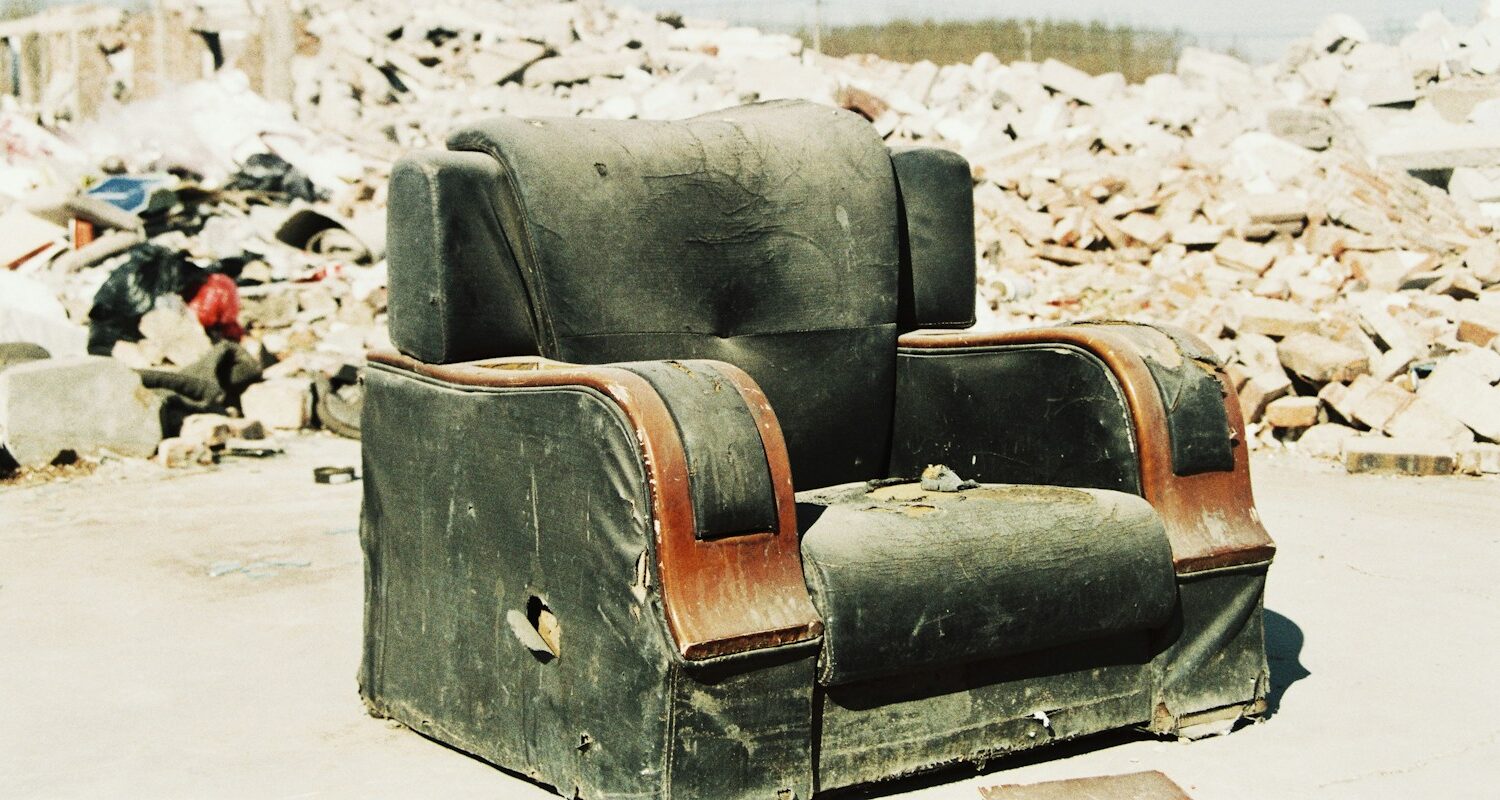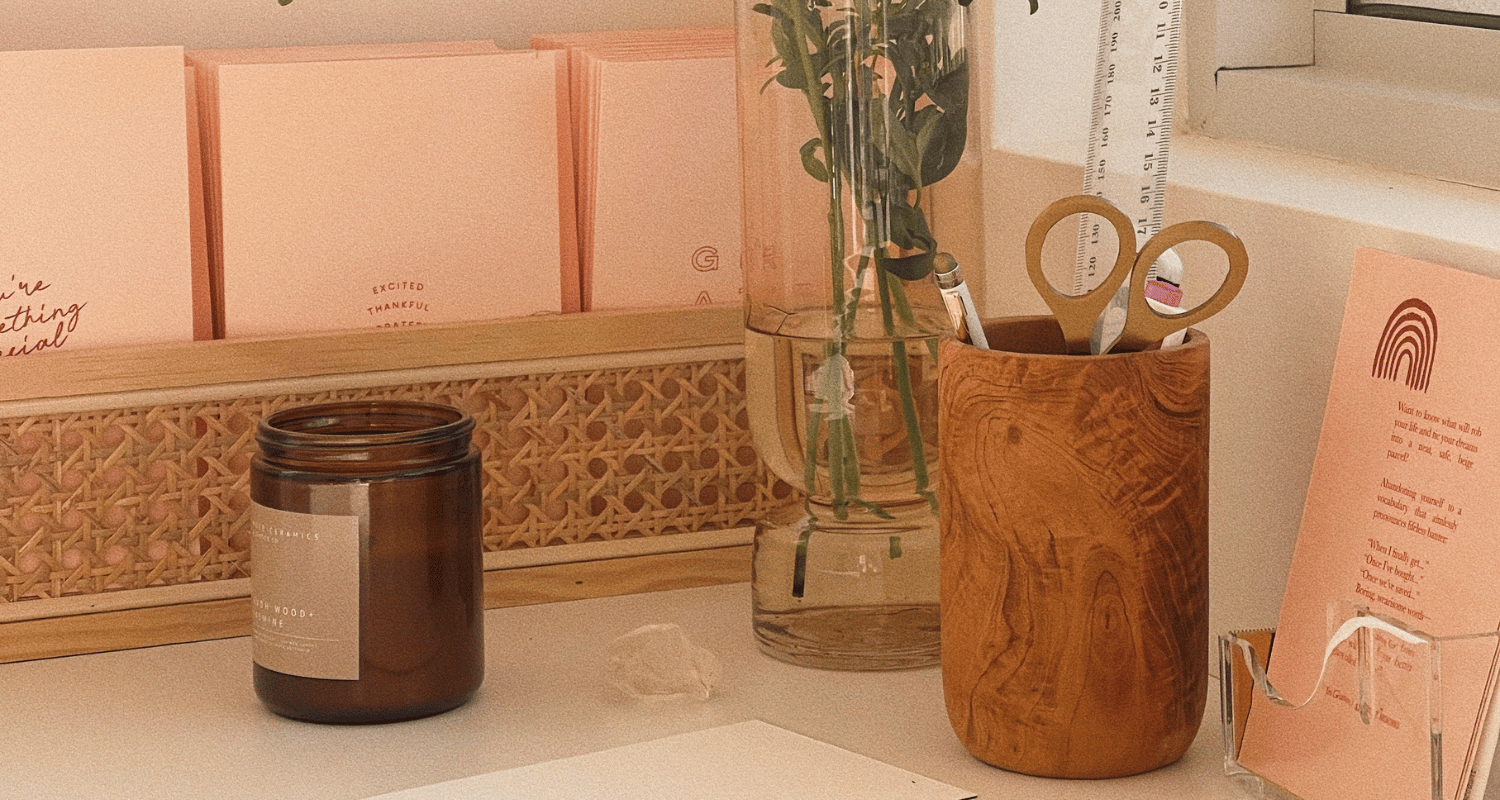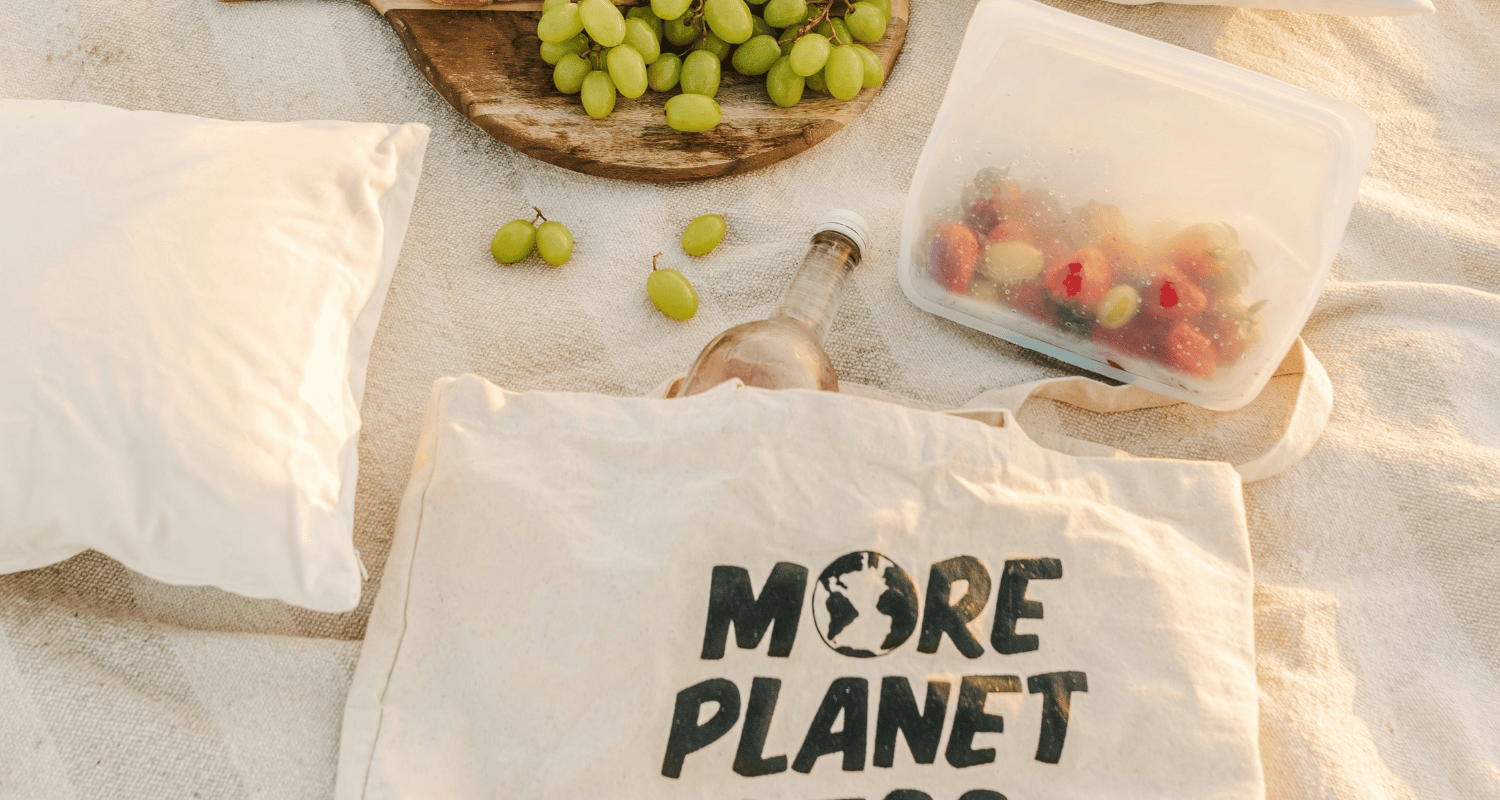Many businesses never consider what might happen once their customer is finished with their product. Durability and end-of-life planning are often overlooked because businesses are focused on sales, packaging, or marketing. Not how to design sustainable products that last.
But if you are serious about sustainability, you have to ask yourself: How long will this product actually last, and what happens when it is no longer needed?
The answer to that question often decides whether your product is truly sustainable.
Why Longevity Matters for Small Businesses
A product that lasts longer is not only good for the planet, it’s good for your business.
Think about it. If your product breaks after one or two uses, it does not matter how “eco-friendly” the materials are. Customers will see it as wasteful, and you will lose their trust. On the other hand, when your products hold up, customers feel confident buying from you again and recommending your brand to others.
Durability builds credibility. It proves you stand behind your product and care about your customers as much as the planet.
The Problem With Disposable Design
We live in a throwaway culture. Fast fashion, cheap plastic goods, and single-use items have trained people to expect low prices at the cost of quality.
But that model does not work for sustainable businesses. If you are positioning yourself as eco-conscious, your products cannot be part of the problem.
That means avoiding products that are designed to break or be discarded quickly. Instead, focus on creating something customers can use, repair, or repurpose for the long haul.
Practical Ways on How to Design Sustainable Products
You do not need to reinvent your entire product line overnight. Start with one or two changes that extend your product’s life:
- Choose sturdier materials: Opt for fabrics, metals, or components that will not wear down after a few uses.
- Build in repairability: Can customers fix or replace a part instead of buying a whole new product?
- Offer refills or replacements: A refillable candle jar or skincare container allows the original product to remain in use, extending its lifespan
- Add care instructions: Teach customers how to clean or maintain your product so it lasts longer.
These small steps prove to your customers that you have designed with intention.
End-of-Life Planning: What Happens After
Durability is only half the story. You also need to consider what happens when the product reaches the end of its life.
Ask yourself:
- Can it be recycled?
- Is it compostable?
- Could you join or create a take-back program to reuse and recycle the materials?
Businesses that plan for end-of-life show customers that they have considered the entire product journey, not just the purchase.
For example, some brands include a “How to Recycle” note on their product page or packaging. Others partner with refill or return programs that keep packaging and materials in circulation. These systems not only reduce waste but also encourage repeat purchases and foster brand loyalty.
How to Communicate End-of-Life to Customers
Even the most sustainable design is ineffective if customers are unsure of how to use it.
That is why education is key. You don’t have to write a full manual; just provide clear, simple instructions. A short line on your packaging or product page can make a huge difference.
For example:
- “This mailer is recyclable in curbside bins. Please remove the label first.”
- “Refill jars are available. Send yours back and get 10% off your next order.”
- “This item is compostable in industrial facilities, not backyard compost bins.”
These details build trust and demonstrate that real actions back your sustainability claims.
Common Pitfalls to Avoid
Many businesses make mistakes when it comes to durability and end-of-life. Here are a few to watch out for:
- Marketing a product as “sustainable” when it breaks easily
- Using “biodegradable” materials without explaining how they should be disposed of
- Ignoring education leaves customers unsure of how to recycle or reuse
You have worked hard to make your products eco-conscious, so don’t let unclear instructions or a flimsy design undermine that effort.
Bringing It Back to Your Business
Designing sustainable products for durability and planning for end-of-life does not just reduce waste. It strengthens your brand, builds trust with customers, and proves that your sustainability efforts go beyond the surface.
Here is a checklist to get started:
- Review one product and ask: How long will this realistically last?
- Add care instructions to your packaging or product page
- Test whether your materials are recyclable, compostable, or refillable
- Create a simple disposal guide for customers
Sustainability is not about chasing perfection. It is about showing you have thought through the full lifecycle of your products. When you design for longevity and give customers clear end-of-life options, you are building a business that is better for the planet and better for your customers.
Hi! If we haven’t already met, I’m Laura! Founder of Dolgify and author of this little blog. I help small to mid-sized sustainable merchants build eco-friendly stores and ethical stories their conscious customers deserve. If you liked this post and want to learn more, here are a few ways you can connect with me:
- Join my email list: For a bi-weekly dose of sustainable eCommerce insights, tips for ethical brands, and the occasional behind-the-scenes look at how I help eco-conscious merchants like you succeed.
- Explore my services: Let’s work together to bring your green vision to life and build an online presence that stands out from the conventional crowd.
- Dive into the Dolgify blog: Find more posts like this one, covering everything from eco-conscious customer personas to ethical email marketing and beyond.
If you have any questions about sustainable eCommerce or just want to say hi, feel free to send me an email or connect with me on Instagram. I’d love to hear from you! Until next time.
Cheers,
Laura





